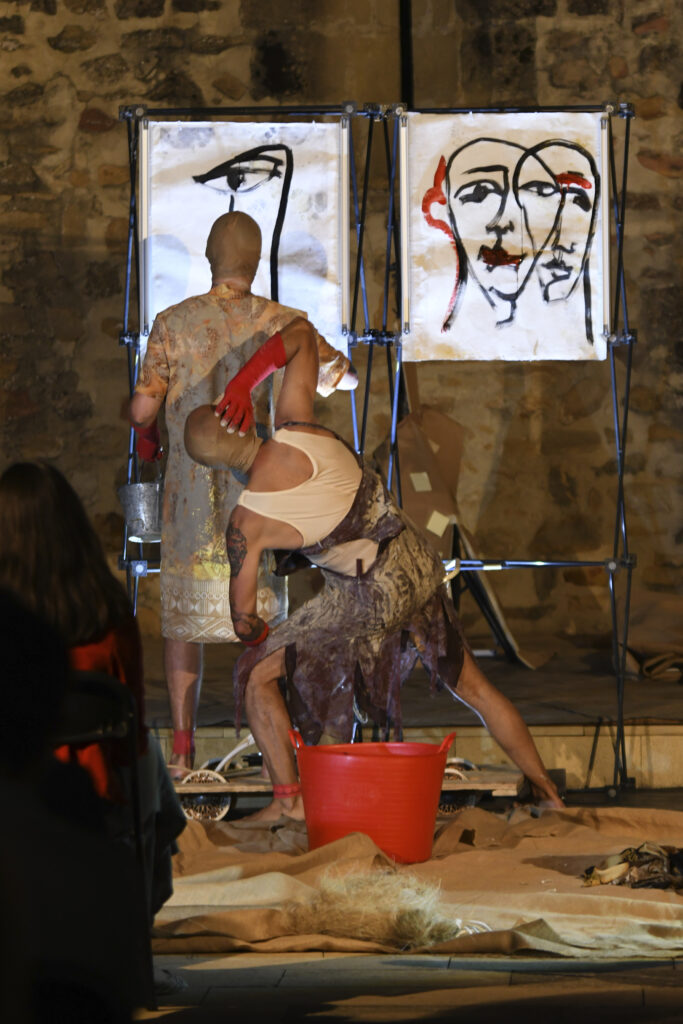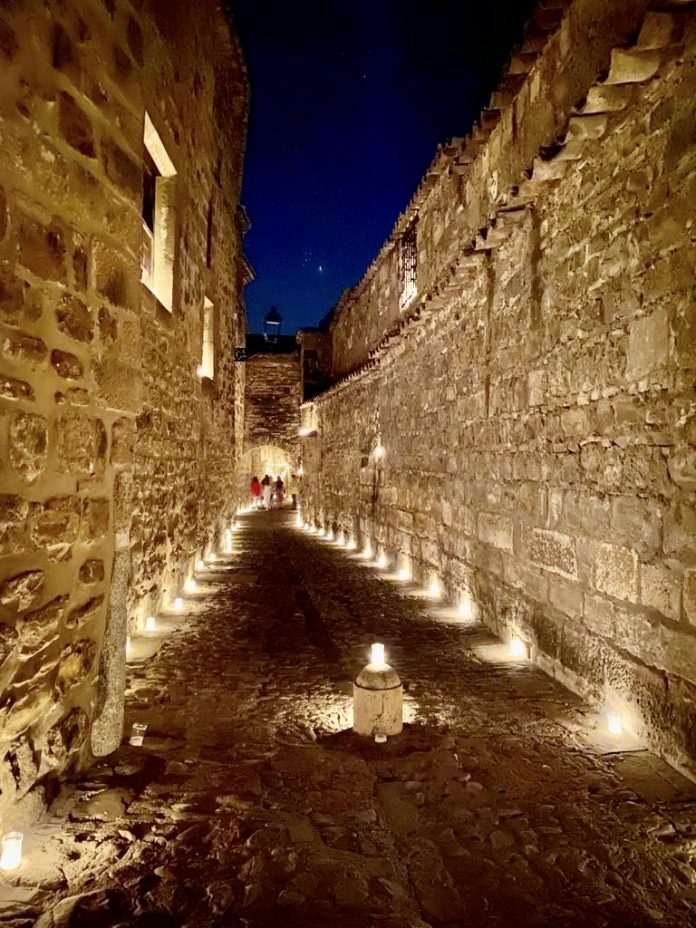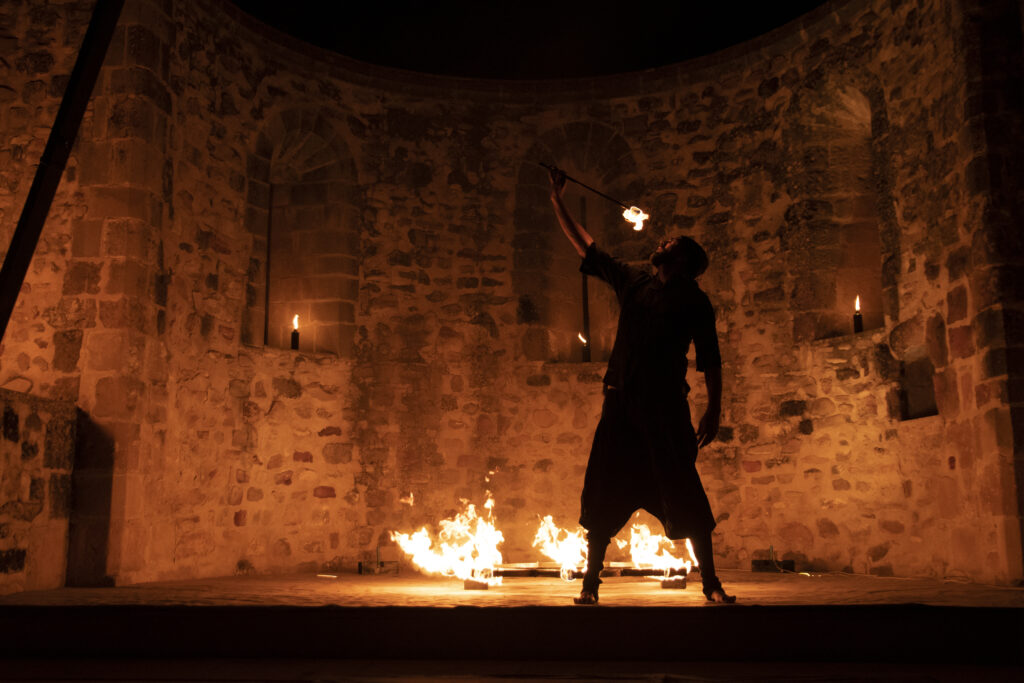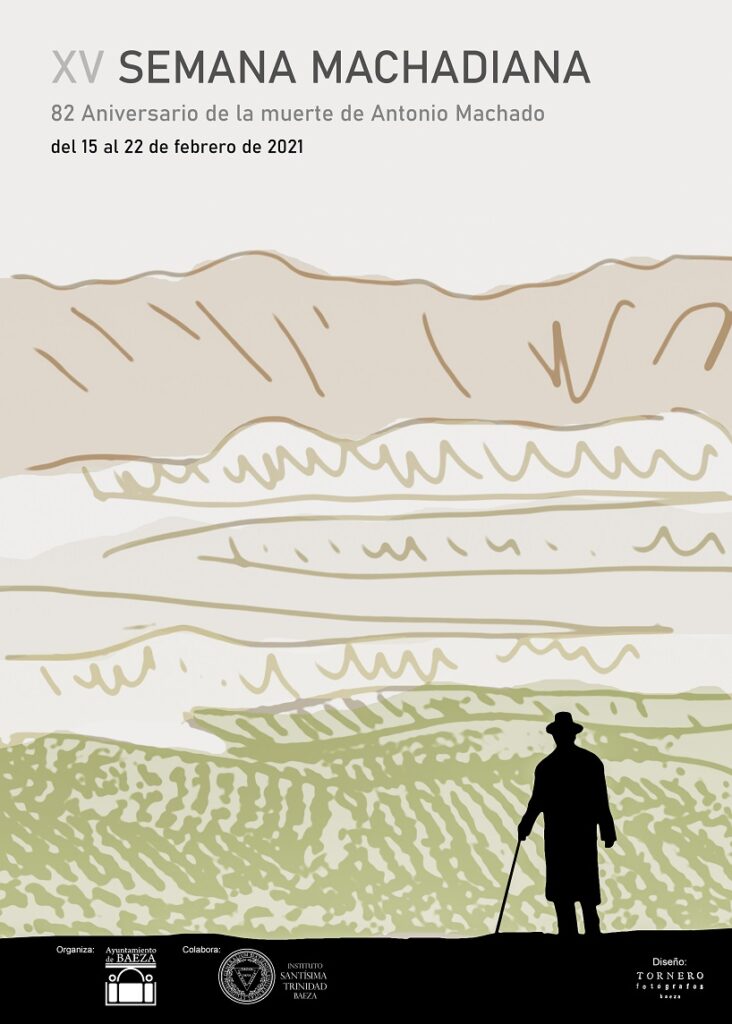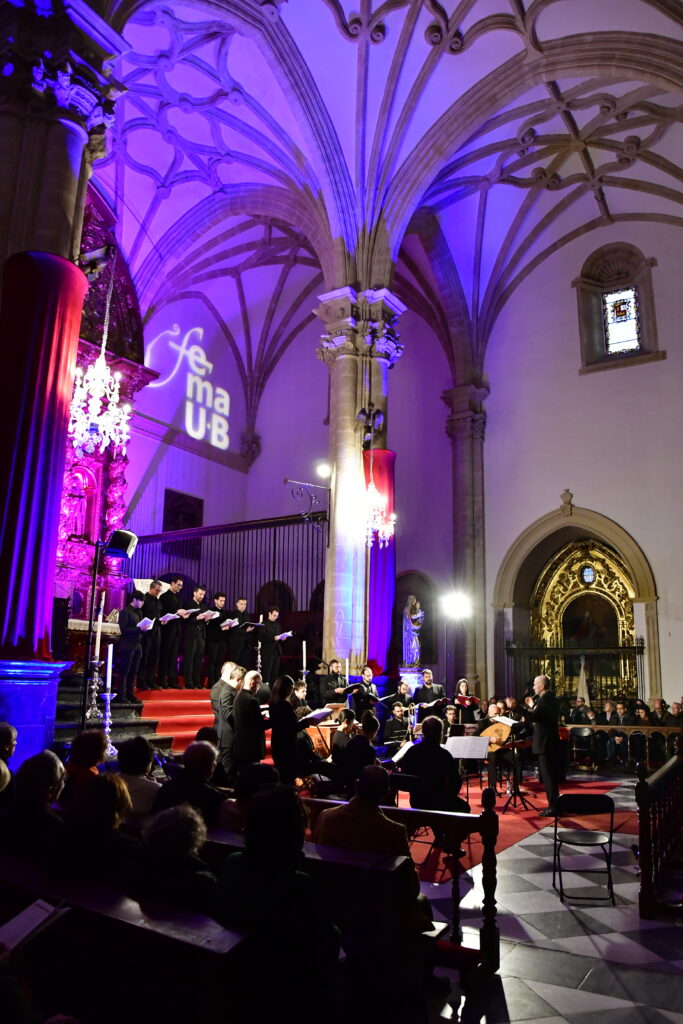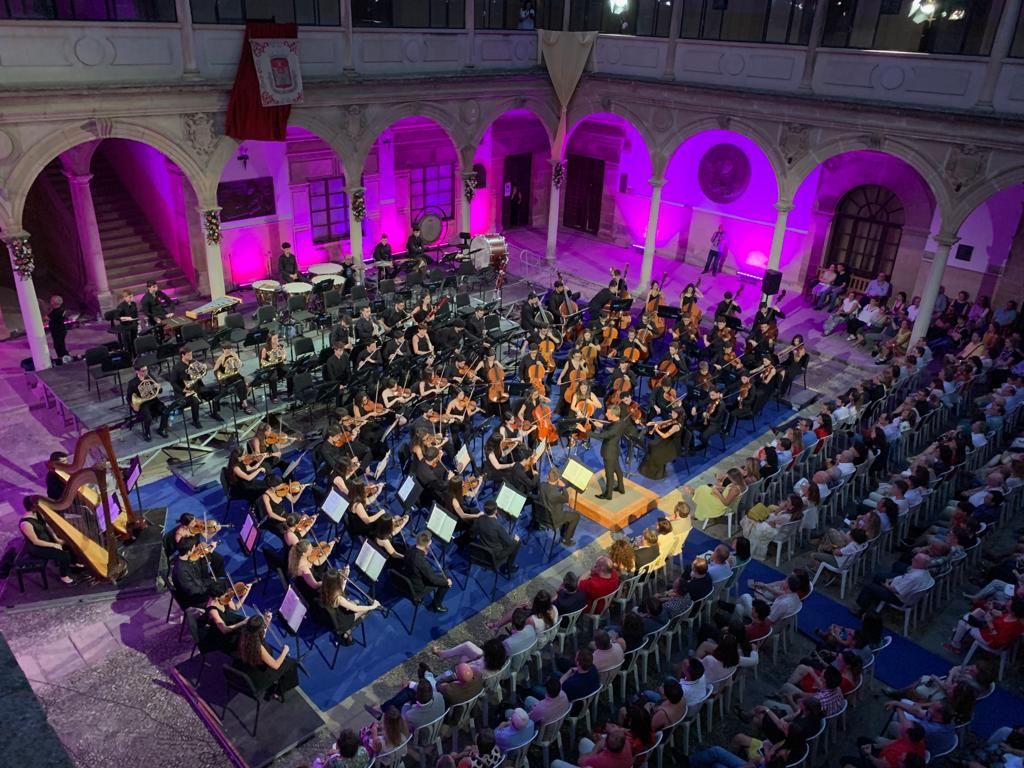Baeza, World Heritage declaration
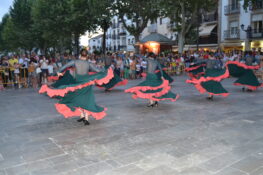
July 3, 2003, is one of the most important dates in the recent history of Baeza. UNESCO declared the city, together with Úbeda, a World Heritage Site thanks to its Renaissance monumental complex. The perimeter declared as Heritage is the historic center that corresponds to the monumental complexes of the Plaza de Santa María and the Seminary-University axis. According to UNESCO, examples of architecture and urban design from the 16th century were essential for Renaissance ideas to take hold in Spain and even for their spread in Latin America.
The central area of Baeza constitutes an early and extraordinary example of Renaissance civil architecture and urban planning in 16th century Spain. That was the period of greatest splendor in the city when its most distinguished monuments were built or remodeled. Master Andrés de Vandelvira and his constructive innovations had plenty to do with it. The Cathedral of the Nativity, Palace of Jabalquinto, Convent of San Francisco, Town Hall, Old University, and the High Town Halls are some examples of well-preserved monuments, which can be seen in the section of essentials and which gave Baeza and Úbeda this recognition of World Heritage of Humanity.
To visit Baeza is to move back to the 16th century, at the great state of conservation of the monumental complex facilitates that sensation. But the city is not only Renaissance. The Arab and Mudejar culture also left their mark, even Visigothic and Roman vestiges, as well as archaeological sites and remains of the first known settlements of the Copper Age. His walks, which so enchanted Antonio Machado, are accompanied by magic. And its gastronomy and customs end up making everyone who visits us fall in love.
Baeza belongs to the Group of World Heritage Cities of Spain, a select club made up of 15 towns in Spain that hold this honor granted by UNESCO.

